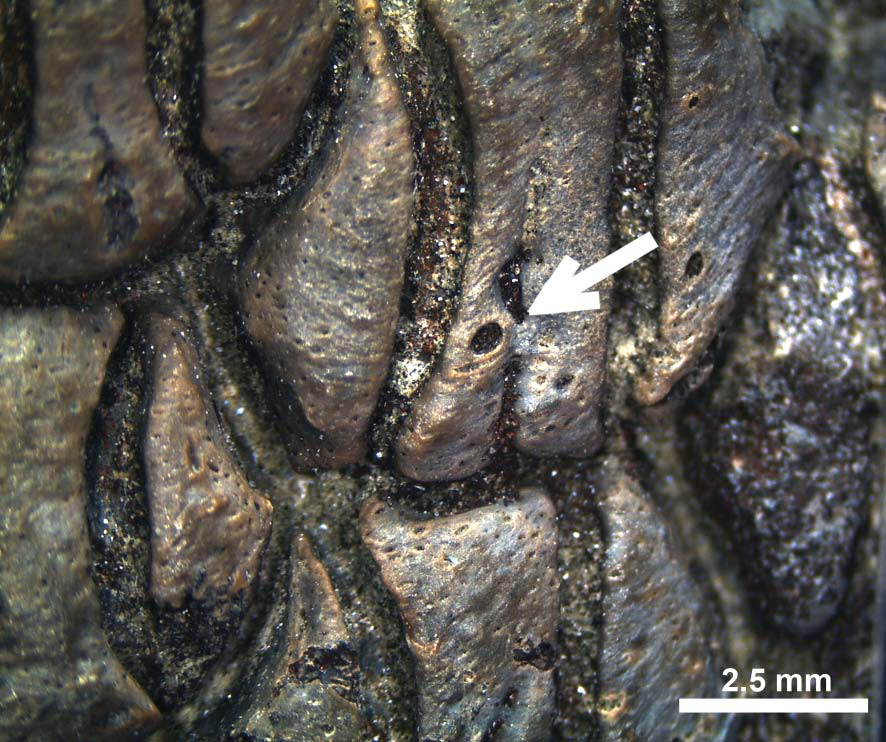New material of Apocopodon sericeus Cope, 1886 (Myliobatiformes, Myliobatidae) from the Paraíba Basin (Northeastern Brazil) and South Carolina (USA) with a reanalysis of the species
Keywords:
Myliobatiformes, Myliobatidae, Apocopodon, Paraíba Basin, Maria Farinha Formation, Rhems Formation, PaleoceneAbstract
Myliobatiformes (Elasmobranchii: Batoidei) is circumglobally distributed and consists of 26 extant genera within ten families. The oldest records of the group occur in upper Cretaceous deposits, and one extinct species, Apocopodon sericeus, is found in the Danian (lower Paleocene) Maria Farinha Formation of the Paraíba Basin, Pernambuco state, northeastern Brazil. This taxon is known from isolated teeth and several partial dentitions in various states of completeness, and herein we describe a new, incomplete (lingual portion) Brazilian dental plate. Previously considered to be endemic to the Paraíba Basin, Apocopodon was recently identifi ed from South Carolina, United States. The sample consists of a nearly complete upper(?) dentition and numerous isolated teeth, and the material is indistinguishable from A. sericeus. The precise stratigraphic position and age of the South Carolina fossils is unknown, but based on the other associated Paleocene vertebrate fossils, we believe that the fossils originated from the Danian Rhems Formation. The South Carolina occurrence of Apocopodon represents a signifi cant geographic range extension of more than 7,000 km to the north of the type area, and the occurrence of this ray in such widely separated areas demonstrates the dispersion potential of fossil elasmobranch species. Analysis of the new specimens, along with reanalysis of all previously known Apocopodon dentitions maintained in Brazilian institutions, resulted in a revision of the morphological characteristics used to identify the taxon.





